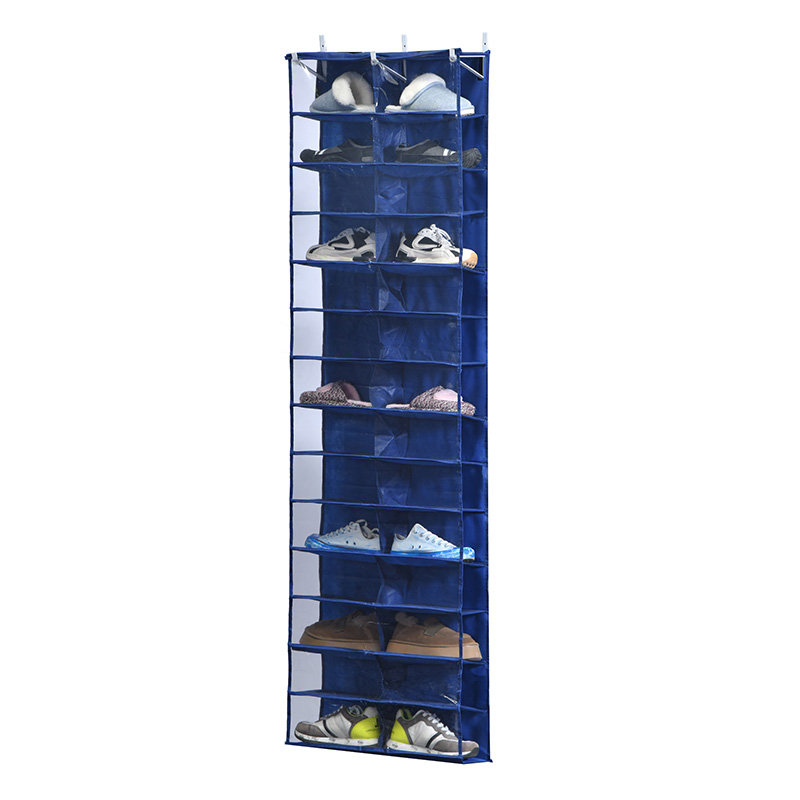If you are interested in some of our products, please feel free to visit our website or contact us for detailed information.

Shelving, also known as shelves or storage racks, is typically constructed from a variety of materials, each with its own set of advantages and disadvantages. The choice of material often depends on factors such as the intended use, budget, aesthetics, and durability requirements.
Wood Shelving:
One of the most traditional and widely used materials for shelving is wood. Wood shelves can be made from various types of wood, including pine, oak, maple, and plywood. Each type of wood offers a distinct look and durability level. Wood shelves are known for their natural beauty and warmth, making them a popular choice for both residential and commercial spaces. They can be stained or painted to match any decor, and they are relatively easy to customize in terms of size and design. However, wood shelves may require more maintenance, as they can be susceptible to moisture and pests if not properly sealed or treated.
Metal Shelving:
Metal shelving is highly durable and suitable for heavy-duty storage needs. Common metals used for shelving include steel and aluminum. Steel shelves are exceptionally strong and can support substantial weight loads, making them ideal for industrial and warehouse settings. They are also resistant to moisture and corrosion when coated with the right finishes. Aluminum shelves, on the other hand, are lightweight and rust-resistant, making them a good choice for environments where moisture is a concern. Metal shelves are often found in garages, workshops, and commercial kitchens.
Glass Shelving:
Glass shelves are a modern and elegant choice, adding a touch of sophistication to spaces such as bathrooms, living rooms, and retail displays. They are available in various thicknesses and can be clear, frosted, or tinted for added style. Glass shelves are easy to clean and maintain, but they are more fragile compared to other materials and may not be suitable for heavy items.
Plastic Shelving:
Plastic shelves are lightweight, affordable, and resistant to moisture and rust. They are commonly used in areas prone to humidity, such as bathrooms, kitchens, and outdoor spaces. Plastic shelves are easy to assemble and come in a variety of designs and colors. While they are not as durable as metal or wood options, they serve well for organizing lightweight items.
Wire Shelving:
Wire shelving, made from materials like stainless steel or coated steel, is popular for its open design, allowing air circulation and visibility of stored items. It is often used in pantries, closets, and commercial settings like restaurants and warehouses. Wire shelves are easy to clean and resistant to moisture and rust. They are also adjustable, making it convenient to change the shelf height as needed.
Particleboard Shelving:
Particleboard is a budget-friendly option commonly used in furniture and shelving. It is made from compressed wood particles and resin. While particleboard shelves are inexpensive and readily available, they are not as sturdy as solid wood or metal options and can be vulnerable to moisture damage.
MDF (Medium-Density Fiberboard) Shelving:
MDF is another engineered wood product often used for shelving. It is more stable and less prone to warping than particleboard. MDF shelves are smooth and easy to paint, making them a popular choice for custom shelving projects. However, like particleboard, they are susceptible to moisture damage.
Shelving materials vary widely, offering a range of options to suit different needs and preferences. The choice of material should be based on factors such as strength requirements, aesthetics, budget constraints, and the intended use of the shelving. By carefully considering these factors, you can select the most appropriate material to meet your storage and organizational needs. Whether it's the timeless appeal of wood, the durability of metal, the elegance of glass, or the versatility of plastic, there is a shelving material to match every design vision and functional requirement.
 Make daily life simple and aomfortable
Make daily life simple and aomfortable No.999, Zhaohui West Road, Xiaoshun Town, Jinhua City, Zhejiang Province, China.
No.999, Zhaohui West Road, Xiaoshun Town, Jinhua City, Zhejiang Province, China. sales@sksoftseat.com
sales@sksoftseat.com
 English
English Deutsch
Deutsch Español
Español











